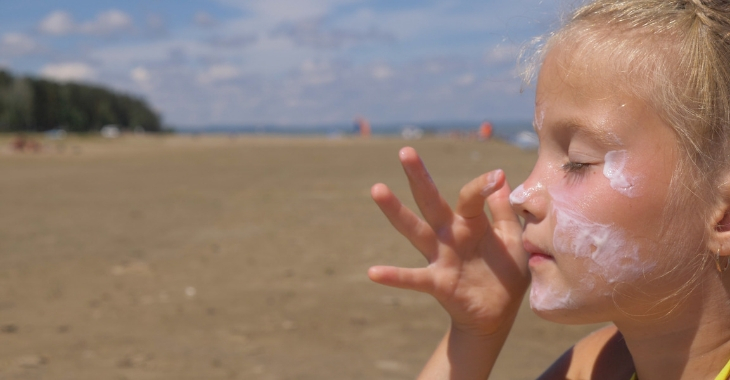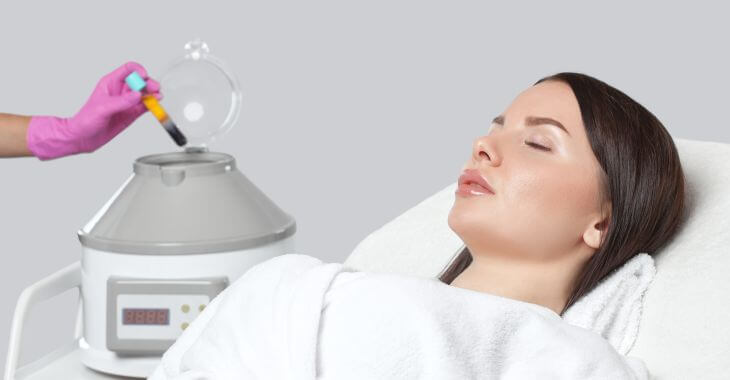5 Simple Ways to Slow Aging of Your Skin

While there may not be a fountain of youth that can stop the aging process on your face, there are ways to slow the progression. Aging of the skin occurs due to several factors that impact skin cells – controlling these factors can make a difference how quickly aging occurs. Without surgery or drastic measures, there are ways to slow the aging of the skin to retain a more youthful appearance as you grow older.
- Protection. Sunscreen and protection from UV rays such as Heliocare supplements are the best ways to slow aging of the skin. This should become a habit from an early age – it is important for preventing skin cancer and can really make a difference in your skin’ s appearance as you age.
- Eat right. The nutrients you eat help nourish your skin. Antioxidants, healthy fats, protein – these all are elemental to nourishing your skin and protecting it from damage. Eat a balanced diet with plenty of fresh fruits and vegetables and omega oils.
- Don’t smoke. Smoking is horrible for the skin. There are many reasons to quit smoking, but if you want to slow the aging process, make the effort to stop this habit.
- Hydrate. Keeping enough water flowing through your body to detoxify, improving moisture and the health of your skin. Also avoid too much alcohol which can dehydrate the skin and body.
- Use a gentle, customized skincare program. Treat your skin gently. Use mild cleansers and never scrub your skin too intensely. Moisturizers are important; find one that fits your skin type and use it every day.
The younger you are when you begin protecting your skin, the slower the aging process will be as you get older. Visit your local dermatologist to learn about the best preventive options to slow aging and treatments to combat skin aging issues as they occur.
Posted on behalf of:
Kayal Dermatology & Skin Cancer Specialists
141 Lacy Street, Suite 200
Marietta, GA 30060
(770) 426-7177
The information provided on this website, including text, graphics, images, and other materials, is intended solely for informational purposes and should not be used as a substitute for professional medical advice, diagnosis, or treatment.


)